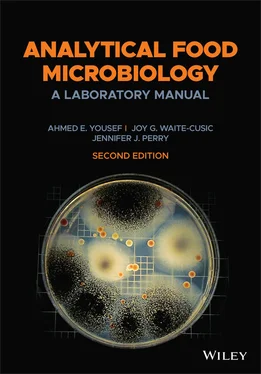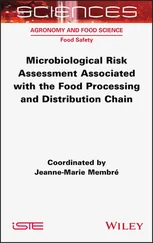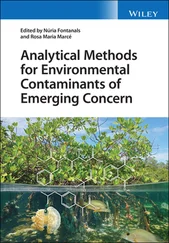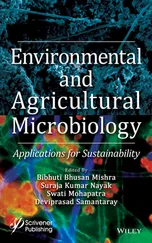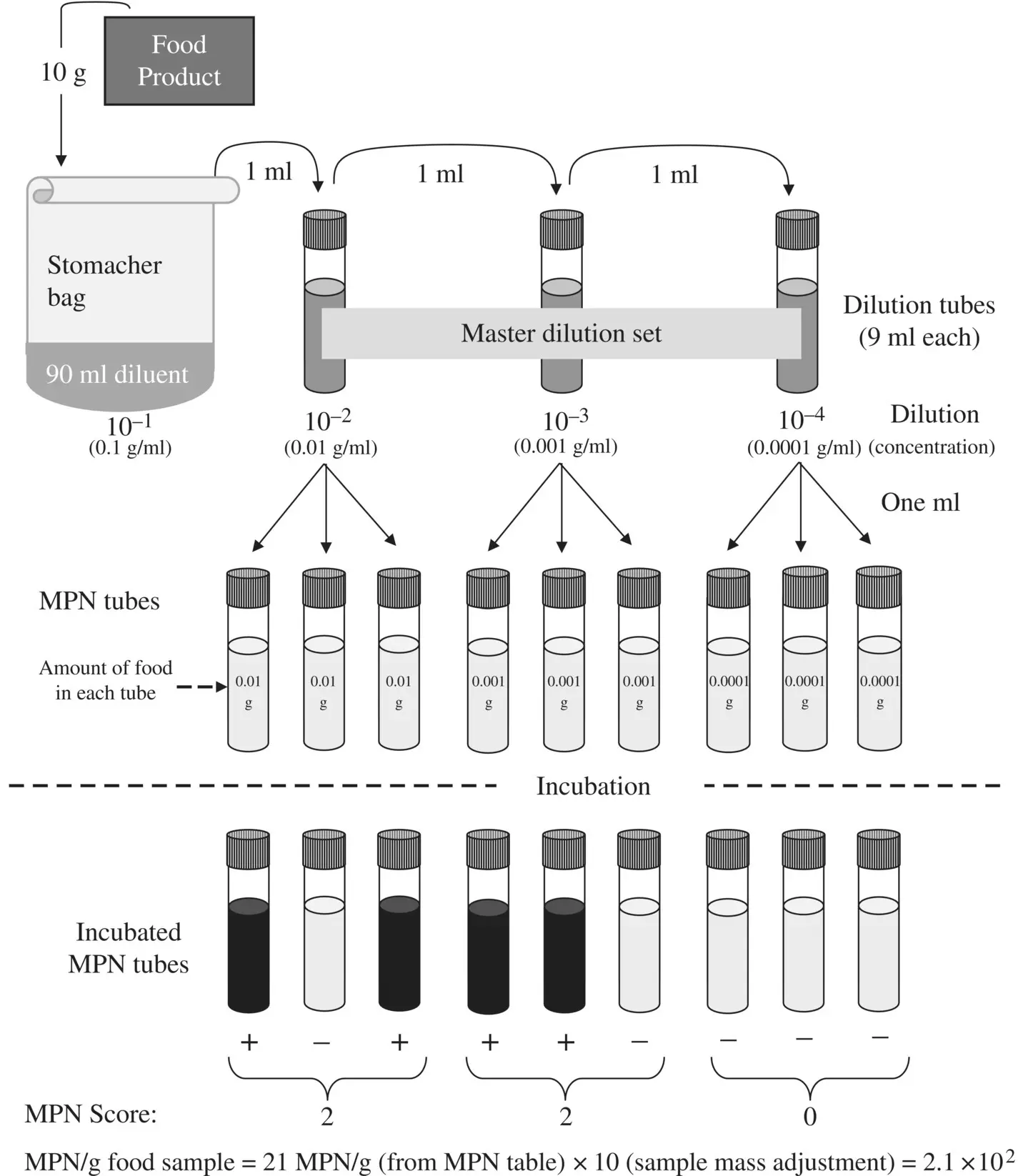
Figure 3.6 Dilution and inoculation scheme for most probable number technique.
After scoring MPN tubes, the score is converted into an MPN/g food sample using standard MPN tables ( Table 3.2). There are equations and computer programs available for calculating MPN; online MPN calculators may also be useful. The MPN table is based on the amount of sample (i.e., food) that is present in the MPN tubes; therefore, column headings of MPN tables are usually expressed in grams. MPN tables are usually constructed for sample sizes of 0.1, 0.01, and 0.001 g, for three consecutive dilutions. In practice, these values would correspond to 1 ml transferred to each MPN tube from 10 –1, 10 –2, and 10 –3dilutions of the master dilution set. In the example shown in Figure 3.6, 1 ml of the 10 –2, 10 –3, and 10 –4dilutions were used to inoculate the MPN tubes. This inoculation would correspond to 0.01, 0.001, and 0.0001 g of sample in successive MPN tube sets. Therefore, the value from the MPN table, corresponding to the number of positive tubes, must be adjusted to accommodate the difference in amounts of the sample analyzed. Because the sample is ten times more dilute, the table values should be multiplied by ten. Alternatively, the following equation can be used:
(3.8) 
This pattern continues if higher dilutions are used to inoculate MPN tubes. MPN results should be reported in scientific notation with the units of MPN/g. For the example in Figure 3.6, the result after correction would be reported as 2.1×10 2MPN/g.
In a situation where all incubated tubes were negative (MPN score: 0, 0, 0), the result would be reported as < 3.0×10 1MPN/g (assuming no adjustment for dilution scheme). Analysts should not report 0 MPN/g. Similarly, if all incubated tubes were positive (MPN score: 3, 3, 3) the result would be > 1.1×10 4MPN/g. These values do not require the “est.” designation due to the presence of the greater than (>) or the less than (<) signs.
1 Blodgett, R. (2010). Most Probable Number from Serial Dilutions: Bacteriological Analytical Manual Appendix 2. Washington, DC: U.S. Food and Drug Administration.
2 Harrigan, W.F. (1988). Laboratory Methods in Food Microbiology, 2e. San Diego: Academic Press.
3 Sutton, S. (2006). Counting colonies. Pharma Microbiology Forum Newsletter, 12(9): 2–5.
1 An analytical facility received a laboratory sample containing ground meat. The product weighed 1000 g and the requested microbiological analysis included determining the product’s aerobic mesophilic count. The vendor did not provide information about the microbiological quality or safety of product but according to laboratory’s records, a similar product from the same vendor was analyzed in the previous month and its aerobic mesophilic count was 5.4×104 CFU/g.Develop a sample preparation plan that includes withdrawing analytical sample(s). Hint: Review information provided in Chapter 2.Prepare a dilution scheme that shows the dilutions to be prepared and dilutions to be plated. Consider that the spread‐plating method is to be used.How different would the dilution scheme be if pour‐plating was used instead of spread‐plating?How different would the dilution scheme be if no information or record about this sample was available?
2 Develop a mathematical formula (or formulae) that the analyst can use to design dilution‐plating scheme if the approximate concentration of the targeted population (CFU/g) is known.
Конец ознакомительного фрагмента.
Текст предоставлен ООО «ЛитРес».
Прочитайте эту книгу целиком, купив полную легальную версию на ЛитРес.
Безопасно оплатить книгу можно банковской картой Visa, MasterCard, Maestro, со счета мобильного телефона, с платежного терминала, в салоне МТС или Связной, через PayPal, WebMoney, Яндекс.Деньги, QIWI Кошелек, бонусными картами или другим удобным Вам способом.
